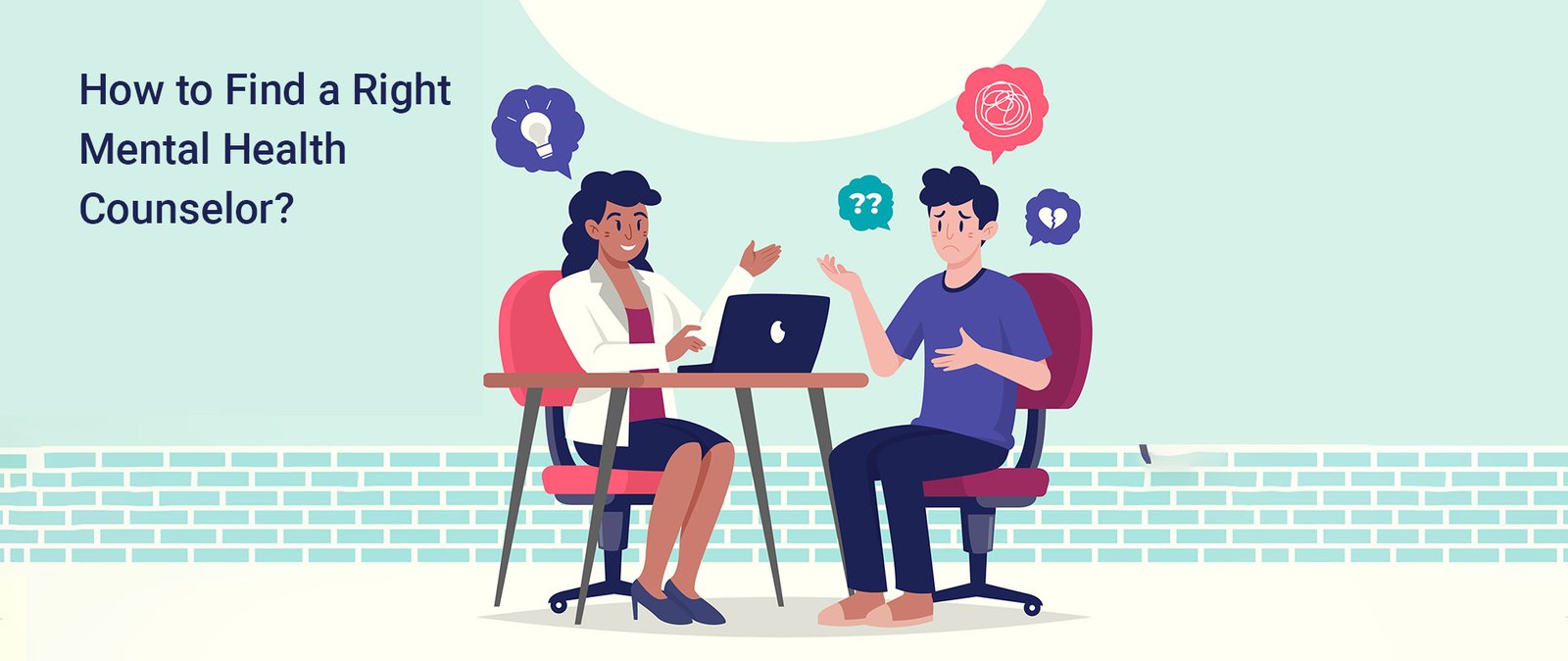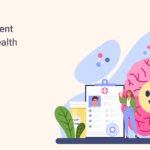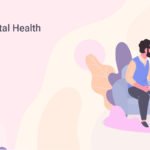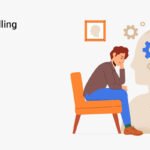Pablo Picasso once said, “Art washes away from the soul the dust of everyday life.” Art has been commonly seen as a hobby or passion, and at times as a means of expression. However, the world of art is much bigger than just for enjoyment or relaxation – art can be a magical way of improving and treating mental health. In this regard, art has found its special place in the form of creative or expressive art therapy to enhance emotional, mental and physical well-being.
Art emerged as a form of therapy by integrating psychological theories and concepts with the creative process of art. Art allows a person to express himself/herself freely without any constraint of words or language. This self-expression is therapeutic in itself because it fosters healing and gaining a deeper understanding of self. Studies have shown that creating art stimulates the release of dopamine, our “feel-good hormone”, which makes us feel happier and experience pleasant emotions. In addition to this, art therapy has various other uses and benefits –
- Promote self-discovery: the process of artistic creation facilitates you to recognize and acknowledge feelings and thoughts that may have been hidden in your subconscious.
- Improve self-esteem: creating a piece of art gives you a feeling of accomplishment, which is invaluable in improving your confidence, self-appreciation and sense of worth.
- Emotional release: art provides a healthy outlet for expressing yourself and process complex emotions, which may not be easy to verbalize, in a safe and healthy manner.
- Stress relief: art not only provides a release, but also helps us relax and rejuvenate our mind and body.
- Art therapy has been shown to be particularly effective for people dealing with stress, attention deficits, behavioural issues, substance use, and chronic or severe medical health conditions such as cancer, depression, dementia, etc.
Who can benefit from art therapy? The answer is – Anyone and everyone. Art therapy is effective with people of all ages and challenges – be it people with medical or psychological conditions or others who are simply seeking insight into their lives. The hectic, high pressure lives we lead can take a toll on our mental health. Creating art gives us a chance to slow down, be in the moment and explore any worries you may be having. To try art therapy, you need not be a talented or experienced artist. Here, the focus is on the creation process itself, and not the final product – it doesn’t matter whether you are a great artist or a humble beginner.
Art therapy makes use of crayons, paints, chalks, markers and other material and combines it with techniques such as drawing, collage, colouring, etc. Here are 5 simple art-based activities that you can incorporate into your self-care routine –
- A doodle a day: Taking time out to create art when you have no idea where to start may be hard, but there is an easier path – Take a few minutes break from your day, grab a paper or sketchbook, and scribble out whatever you feel like! Your doodles may be shapes, animals, patterns, drawings, or scribbles; they may be precise, random, complex or childlike – it doesn’t matter, doodles always look good! They help relieve boredom, stress and frustration and it gets your imagination churning.

- Paint with your body: bring out the child in you and paint with your own body – use your fingertips, your nails, your hands and feet! This will help you explore and get creative with your own body and give you a unique work of art!
- Make a zentagle-inspired creation: Invented by Rick Roberts and Maria Thomas, Zentangle is a meditative drawing method. To do this, cut a 3.5 inch square piece of paper and draw a freehand border around the edge. Then, using a pencil, draw a curved line of squiggle within the border and around it, begin drawing a series of patterns and shapes. There is only one rule – no erasing! This process encourages deliberate, ritual creation, while allowing room for human error and it doesn’t take more than 15 minutes!

- Make a zentagle-inspired creation: Invented by Rick Roberts and Maria Thomas, Zentangle is a meditative drawing method. To do this, cut a 3.5 inch square piece of paper and draw a freehand border around the edge. Then, using a pencil, draw a curved line of squiggle within the border and around it, begin drawing a series of patterns and shapes. There is only one rule – no erasing! This process encourages deliberate, ritual creation, while allowing room for human error and it doesn’t take more than 15 minutes!
- Colour a feeling wheel: the first step towards dealing with any feeling, it to identify and name it. However, this is not always easy, especially when we’re overwhelmed or dealing with a lot of emotions. Creating a feeling wheel is an effective way, to just check in with yourself and become more aware of our emotions. To do this, start by drawing a circle and divide it into eight parts, like a pie. Then write one emotion (e.g. anger, joy, sadness) in each section and colour it by selecting any colour that resonates with that feeling. Pay attention to: “Which feelings did you write down first? Which feelings are you currently experiencing? Are there more positive emotions or negative ones on your feeling wheel?”
- Make response art: we all have a song lyric, poem or quote that we connect with in some way, and this can be used as a basis to create art. Choose one such prompt and let your emotional response to those words materialize in the form of art, through colouring, scribbling, painting or any other way that feels right. For e.g. if it’s a song, then play it and let the emotions brought up by that song be the inspiration for your work of art. As you create your art, ask yourself, “Why did you pick this particular prompt? What do the words bring up for you? How do you feel as you create it? What are you trying to capture?”
Apart from these, you can explore and experience various other art therapy techniques in a session with a qualified art therapist. These simple art-based activities can be a catalyst to increase self awareness, understand and express emotions, enhance coping skills and promote personal development.









